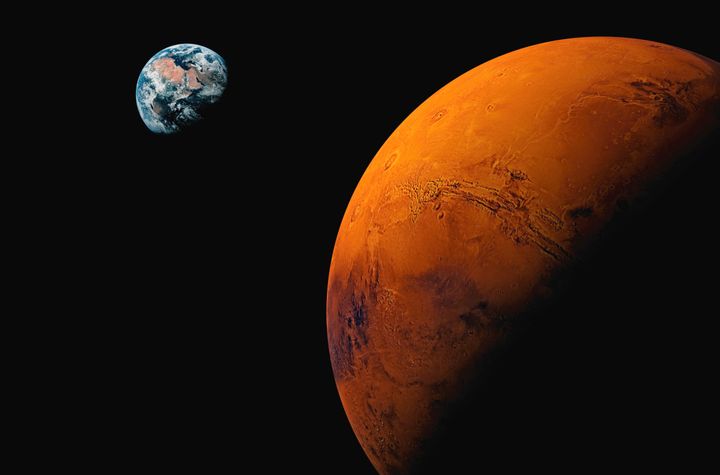You might think that a rainy day in the UK is a miserable affair; all grey skies, wet feet and that constant drizzle that umbrellas cannot seem to keep at bay.
But count your lucky stars that you’re not caught in a storm in space, as dangerous ‘radiation rain’ can leave you with much longer-term problems than just damp socks.
One of the biggest risks to astronauts travelling into space is exposure to radiation, which is present in the atmosphere and travels in weather systems, and happened on Earth after the Chernobyl nuclear disaster.

Researcher Lisa Carnell said: “Imagine ion trajectories to be similar to rain; sometimes there is a downpour (solar particle event) and sometimes there a light drizzle or heavy, sparse droplets (similar to galactic cosmic radiation).”
These ionising radiation particles are dangerous to humans because they can pass through the skin, depositing energy and damaging cells or DNA along the way.
This damage can increase the risk for deadly diseases later in life, such as cancer, or cause radiation sickness during the mission. Radiation may cause damage to the central nervous system, cardiovascular system and circulatory system.
There is also evidence that humans exposed to large doses of radiation from radiotherapy experience cognitive and behavioural changes.
In short radiation is not good news, so in order to help keep potential astronauts safe on a future journey to Mars, NASA’s Human Research Program (HRP), have started simulating the rain on our home planet.
“There is ample research on acute effects of radiation exposure but very little on latent effects, and the latter more closely resembles the health effects expected from long duration space flight,” said Carnell.
Researchers already know that the risk to human health significantly increases when astronauts travel beyond Lower Earth Orbit (LEO) outside the magnetosphere, which shields Earth from solar particle events and radiation caused by the sun and cosmic rays.
But recent updates to the space agency laboratories have allowed them to simulate the difficult conditions here on Earth for the first time.
And subsequently develop various types of shielding materials to protect astronauts from radiation.
This has allowed them to consider space environment variables (microgravity, lack of sleep, carbon dioxide exposure), which produce stress could interact with radiation and exacerbate the impact.
